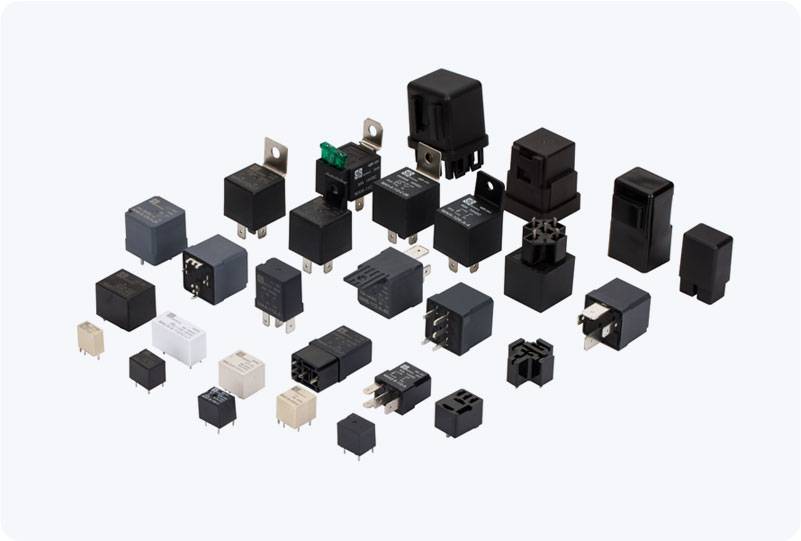In modern electrical systems, especially those that rely on high-performance batteries, controlling and managing the flow of electricity is paramount to both safety and efficiency. One crucial component in this management is the Battery Main Positive Relay, a key element in regulating the connection between a battery’s positive terminal and the rest of the electrical system. This article explores the functions, applications, and significance of the Battery Main Positive Relay in various systems, particularly electric vehicles and energy storage.

What is a Battery Main Positive Relay? A Battery Main Positive Relay is an electrical switch that is used to connect or disconnect the positive terminal of a battery to the power circuit of a system. It works by enabling or disabling the flow of current between the battery and the connected load or device. Essentially, it serves as a safety mechanism and power controller in systems that rely on battery power. The relay can be automatically or manually controlled, depending on the design and purpose of the system. Primary Functions of Battery Main Positive Relay Power Control: One of the most significant functions of the Battery Main Positive Relay is to control the power flow from the battery to the system. When the relay is closed, it allows the battery to deliver power to the load or equipment. When the relay is open, the battery is disconnected, and no power can flow. This on/off switch is vital for managing power in systems like electric vehicles or renewable energy systems.